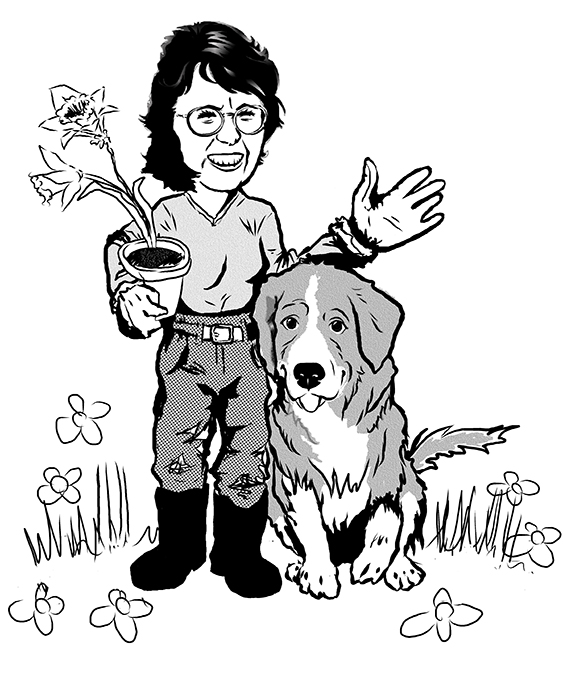Check Out a New Insect
by Leslie Cox; Friday, September 12, 2014
Found a new insect in one of our rhododendron shrubs recently. After some searching, I have positively identified it as a western conifer seed bug. Or to give it its proper name…Leptoglossus occidentalis.
Check out what it looks like and the information I found about this true bug in “Insects We Have Found” under the “In the Garden” menu button. Or click on the direct link here.
Leptoglossus occidentalis (western conifer seed bug)
Good Morning!
by Leslie Cox; Thursday, September 11, 2014
 This is the view that has been greeting me every morning lately from my kitchen window. What a wonderful sight to get up to on these September mornings.
This is the view that has been greeting me every morning lately from my kitchen window. What a wonderful sight to get up to on these September mornings.
Cooler nights after the hot days we are still experiencing is producing a blanket of fog across the farm fields.
Yellow Jacket Wasps: Friend or Foe?
by Leslie Cox; Tuesday, September 9, 2014
 ‘Tis harvest time and the yellow jacket wasps are helping themselves to the ripening fruits. Given this garden scenario, many of us tend to view wasp species such as yellow jackets and hornets as nasty pests.
‘Tis harvest time and the yellow jacket wasps are helping themselves to the ripening fruits. Given this garden scenario, many of us tend to view wasp species such as yellow jackets and hornets as nasty pests.
But if you exercise caution when harvesting, keep your distance from their nests and take the time to observe, you will find they really do have a purpose in our ecosystem.
Quote of the Week
by Leslie Cox; September 7, 2014
A rose can say “I love you”,
orchids can enthrall,
but a weed bouquet in a chubby fist,
yes, that says it all.
~Author Unknown

